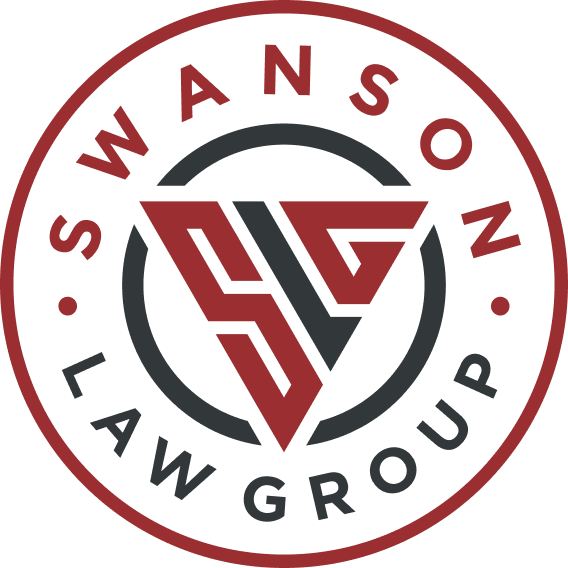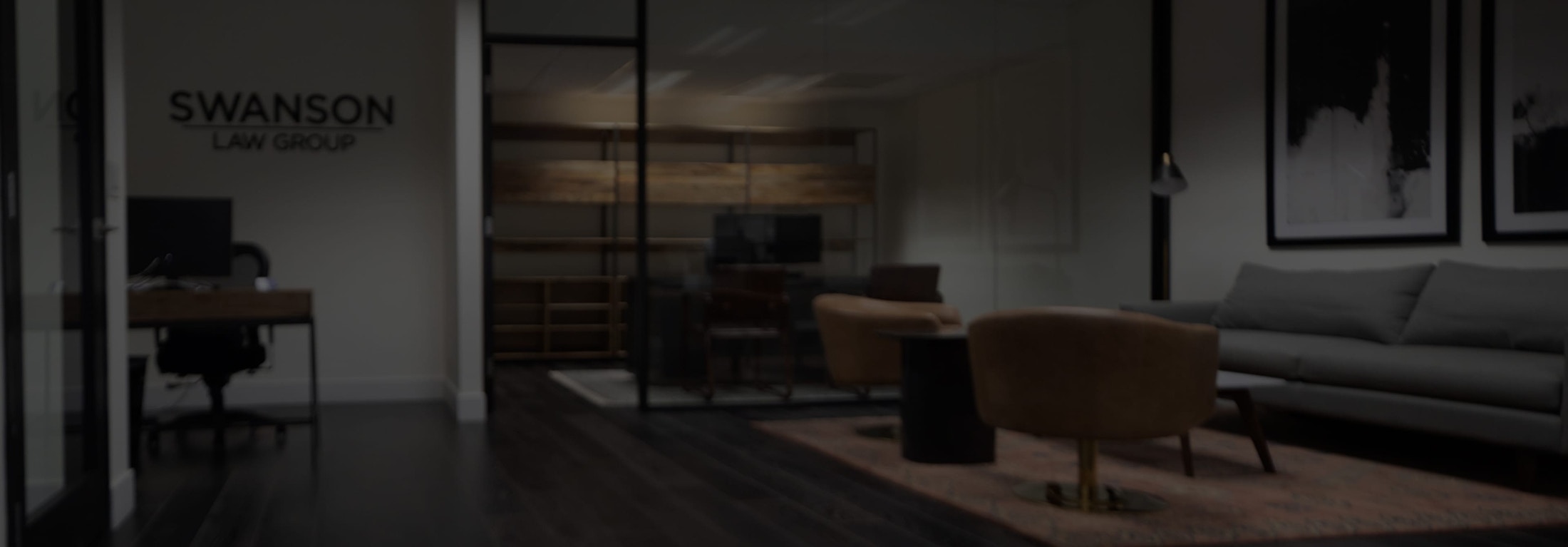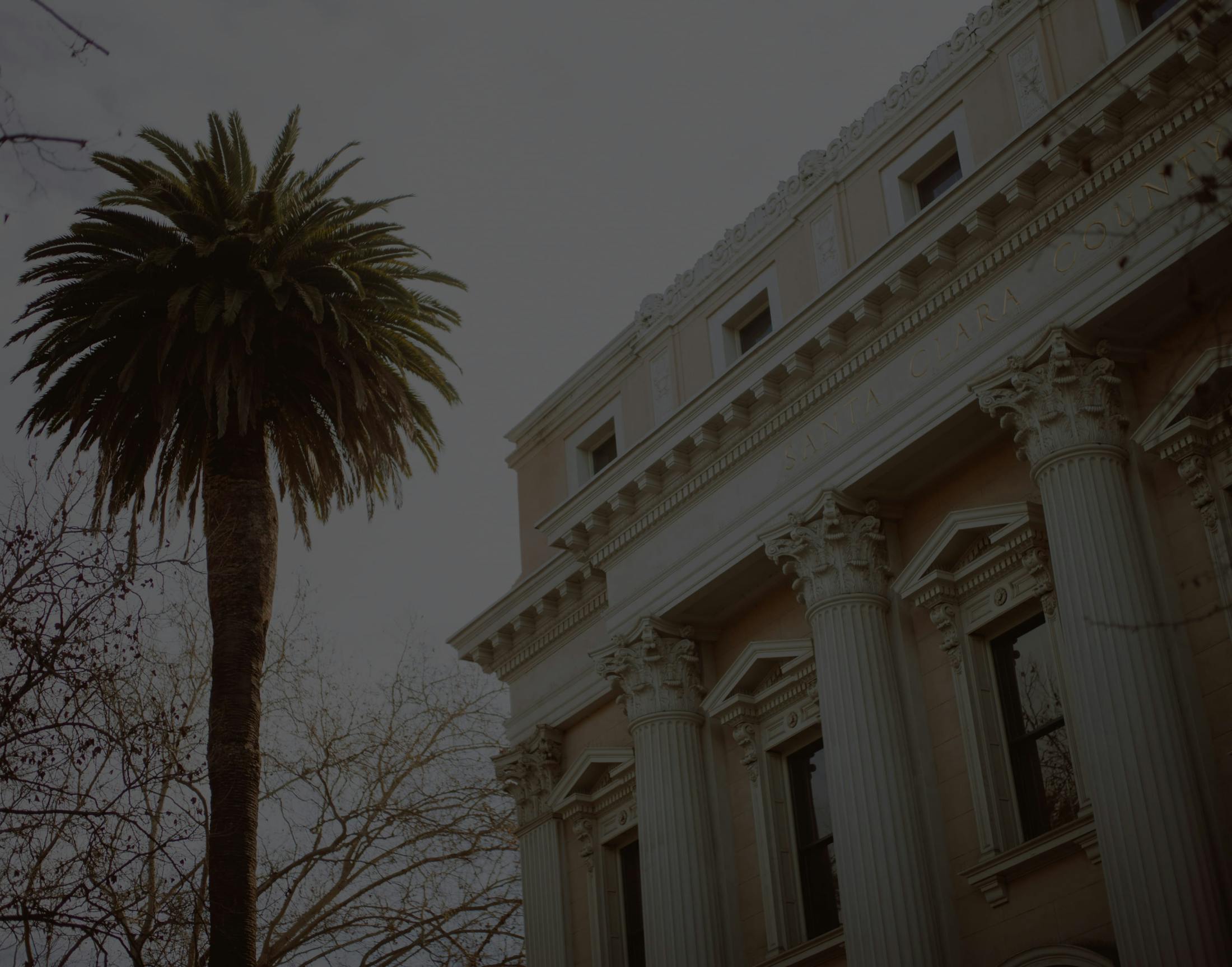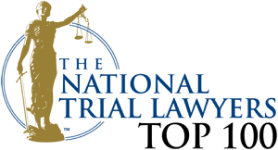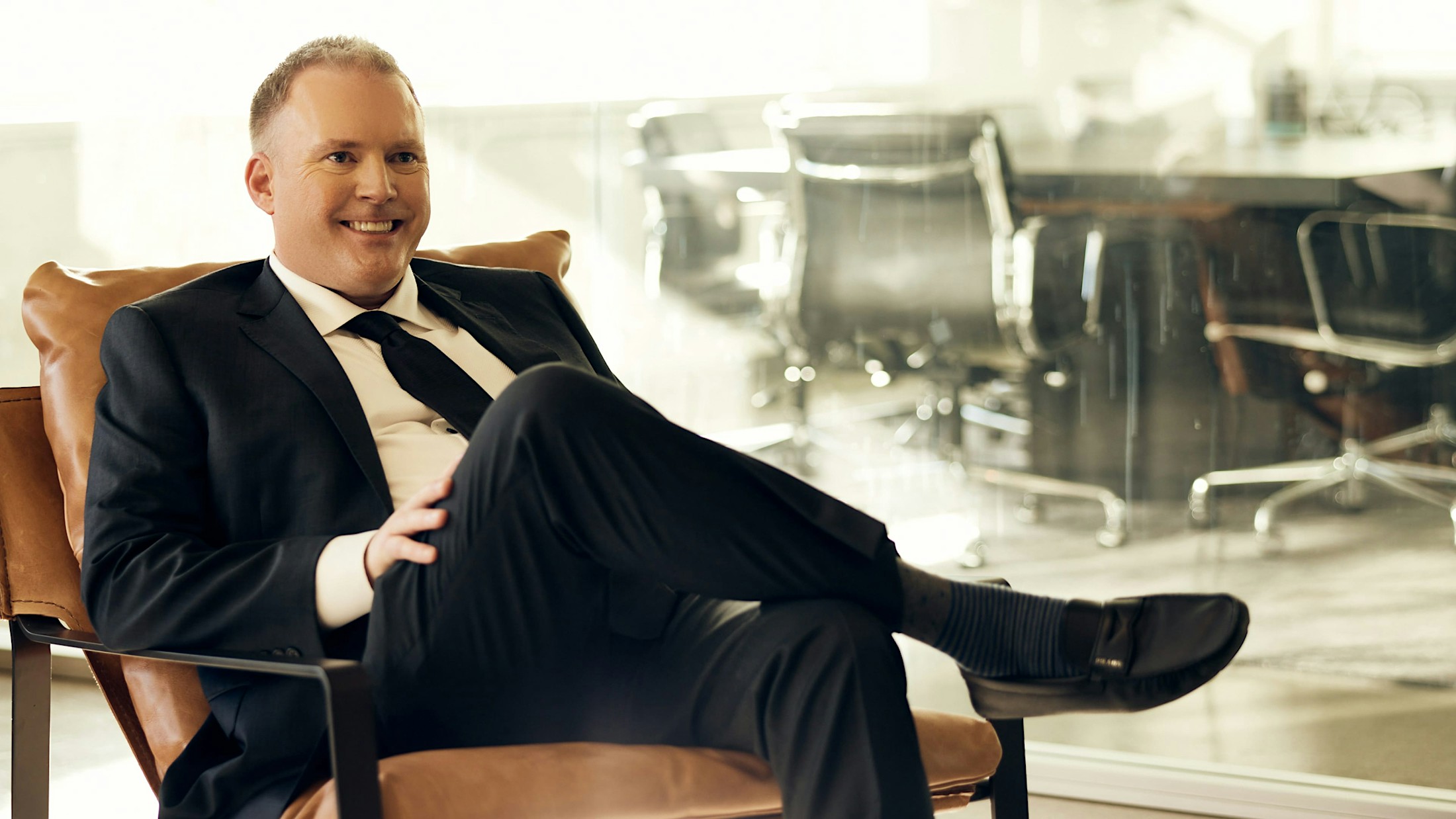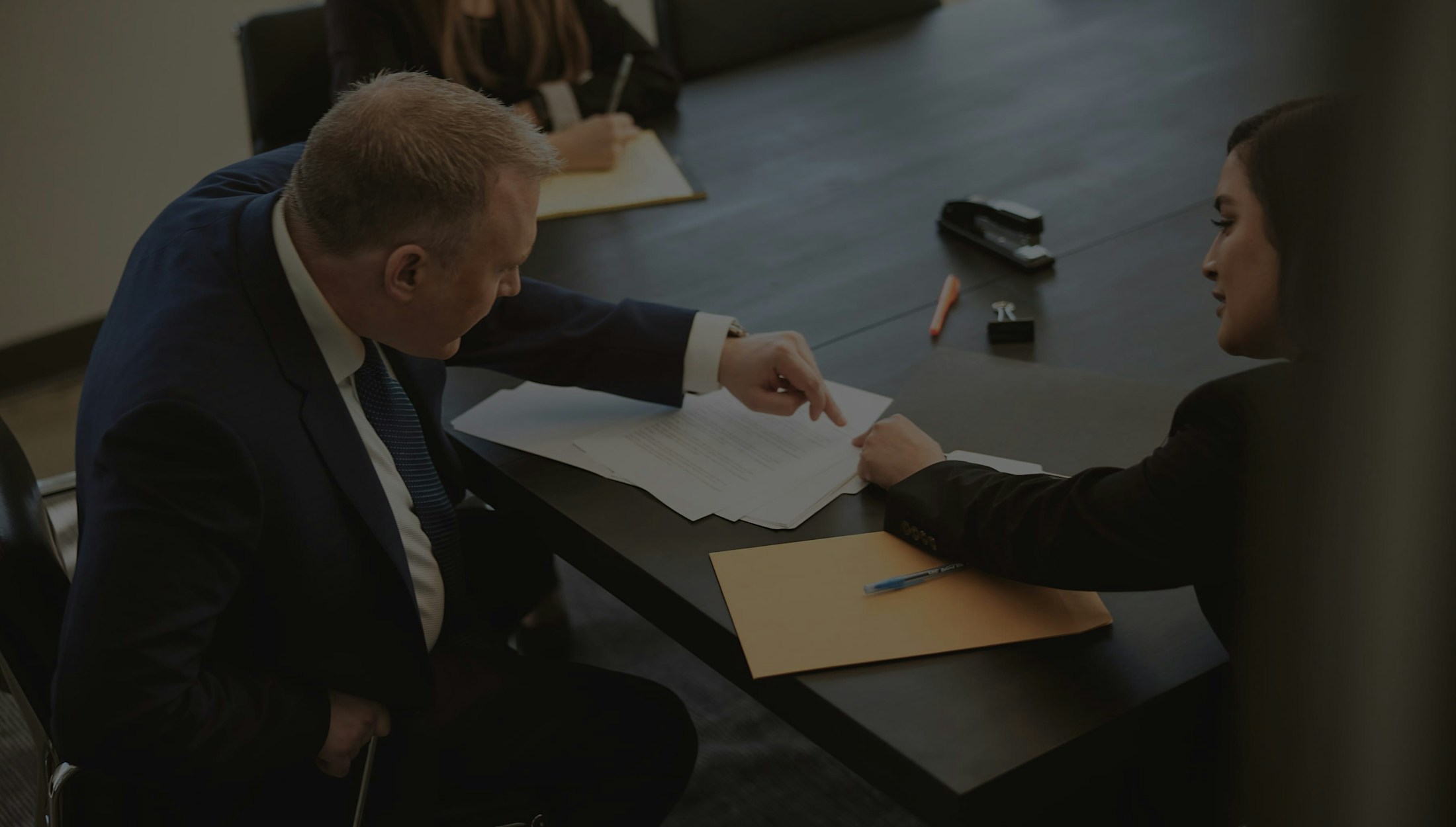At The Swanson Law Group, we handle autonomous vehicle and driver-assist crash cases. Led by founder Benjamin D. Swanson, a Top 100 Trial Lawyer, our team acts quickly to secure medical care, preserve AV data, and hold tech companies and insurers accountable. Your health and future come first—and our results speak for themselves.
What Counts as an “Autonomous” or “Autopilot” Crash?
- Autonomous vehicles (AVs) operate without a human driver under California’s AV framework (Vehicle Code Div. 16.6) and DMV regulations for testing/deployment (California Vehicle Code DIVISION 16.6 - Autonomous Vehicles - California Attorney Resources - California Laws)
- Texas allows fully driverless operation statewide if the system complies with traffic laws (Transp. Code §545.454)
- Level-2 “Autopilot”/ADAS (e.g., Tesla Autopilot/FSD) still requires human supervision
- NHTSA’s Standing General Order requires crash reporting for both ADS (Levels 3-5) and Level-2 systems (Standing General Order on Crash Reporting | NHTSA)
